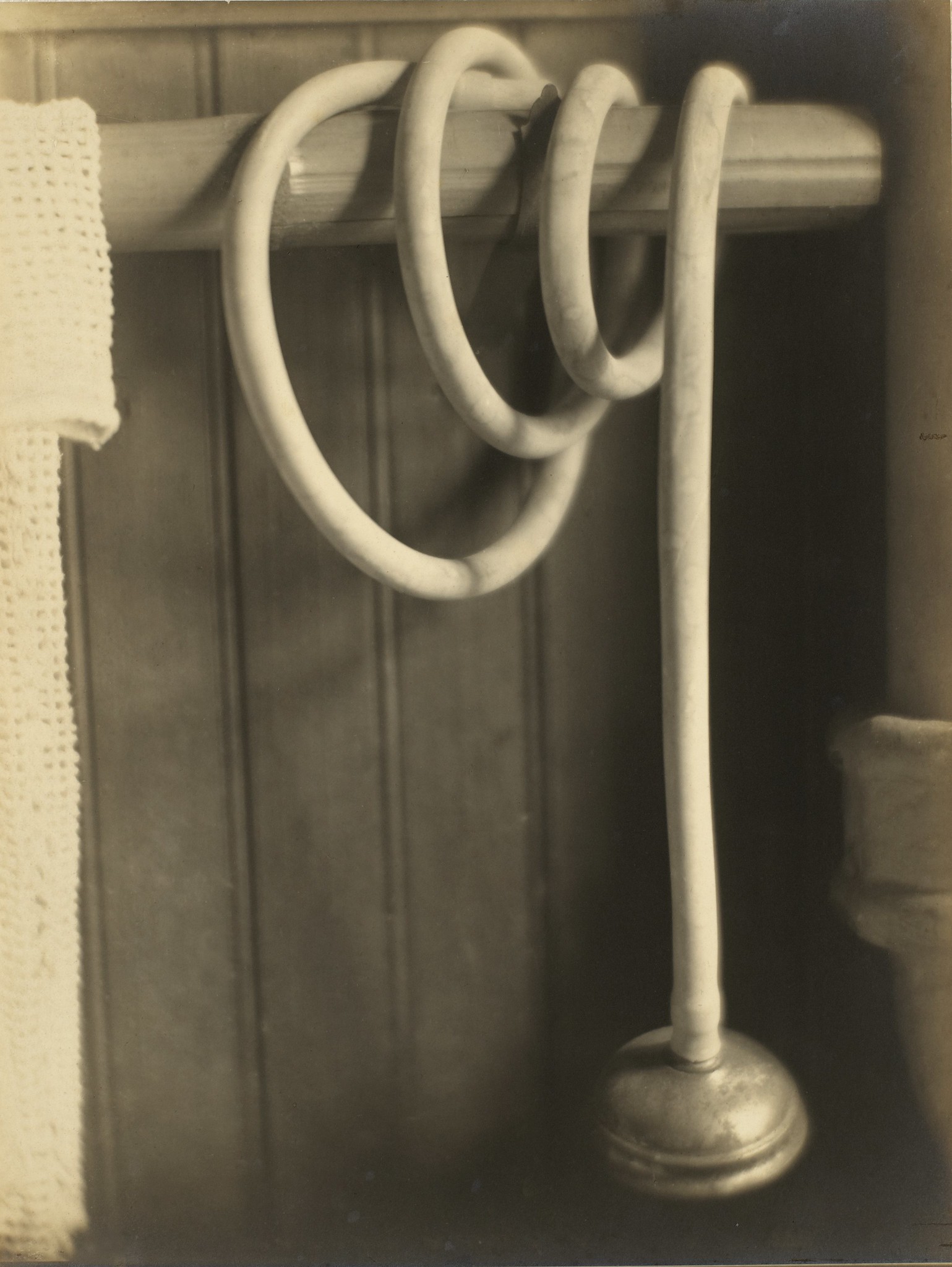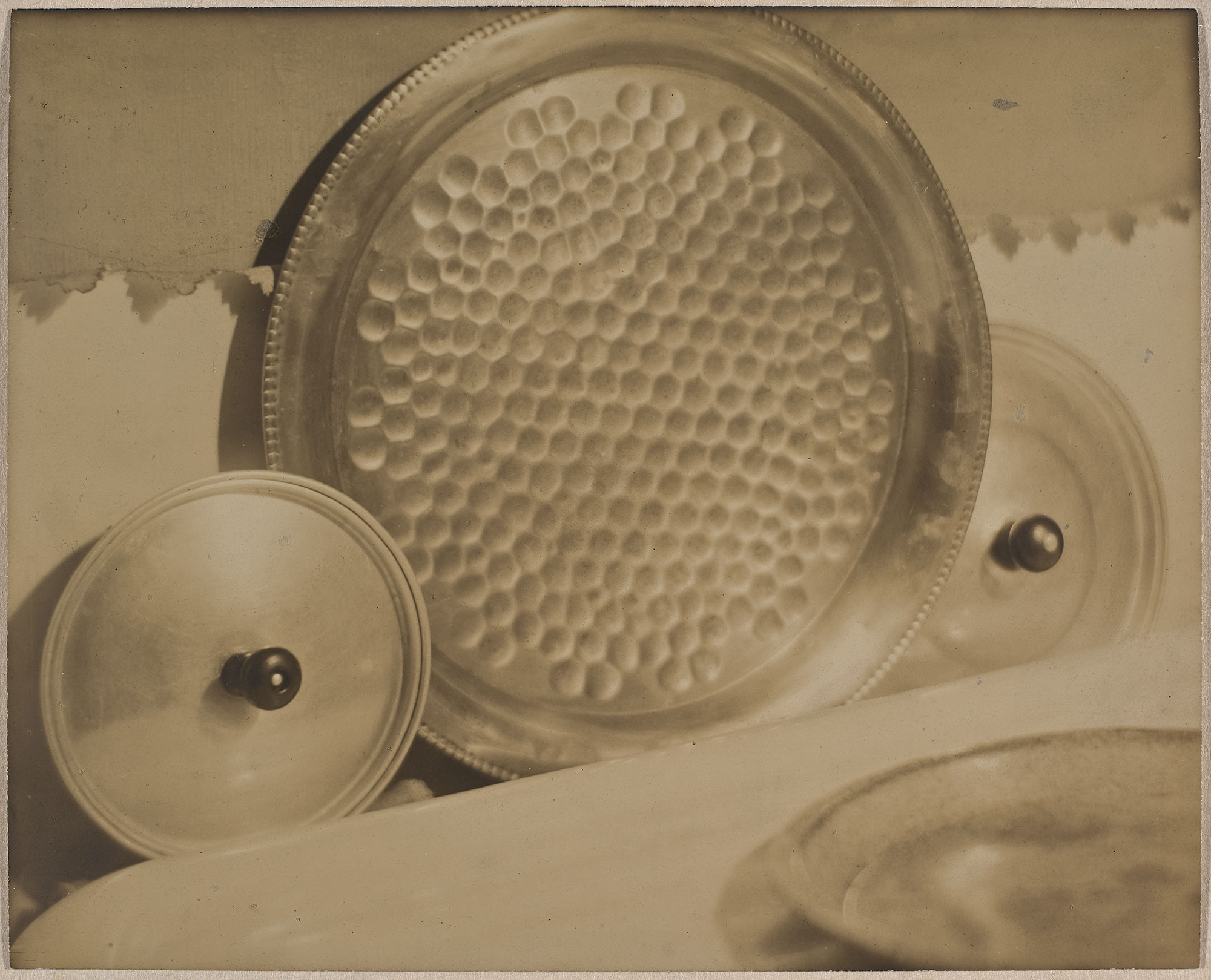

images that haunt us






The Swiss cabinetmaker and talented amateur photographer Martin Imboden received important impulses in 1929 when he visited the legendary ‘FIFO’, the international exhibition of the German Werkbund. He accentuated his pictorial language, which was oriented towards the New Objectivity, with tight cropping and strong contrasts. During his most productive years as a photographer he lived in Vienna, where his photographs appeared in magazines such as ‘Der Kuckuck’ and ‘Die Bühne’. Despite favorable reactions, he did not want to make photography his profession and concentrated on selected photo projects as an amateur.
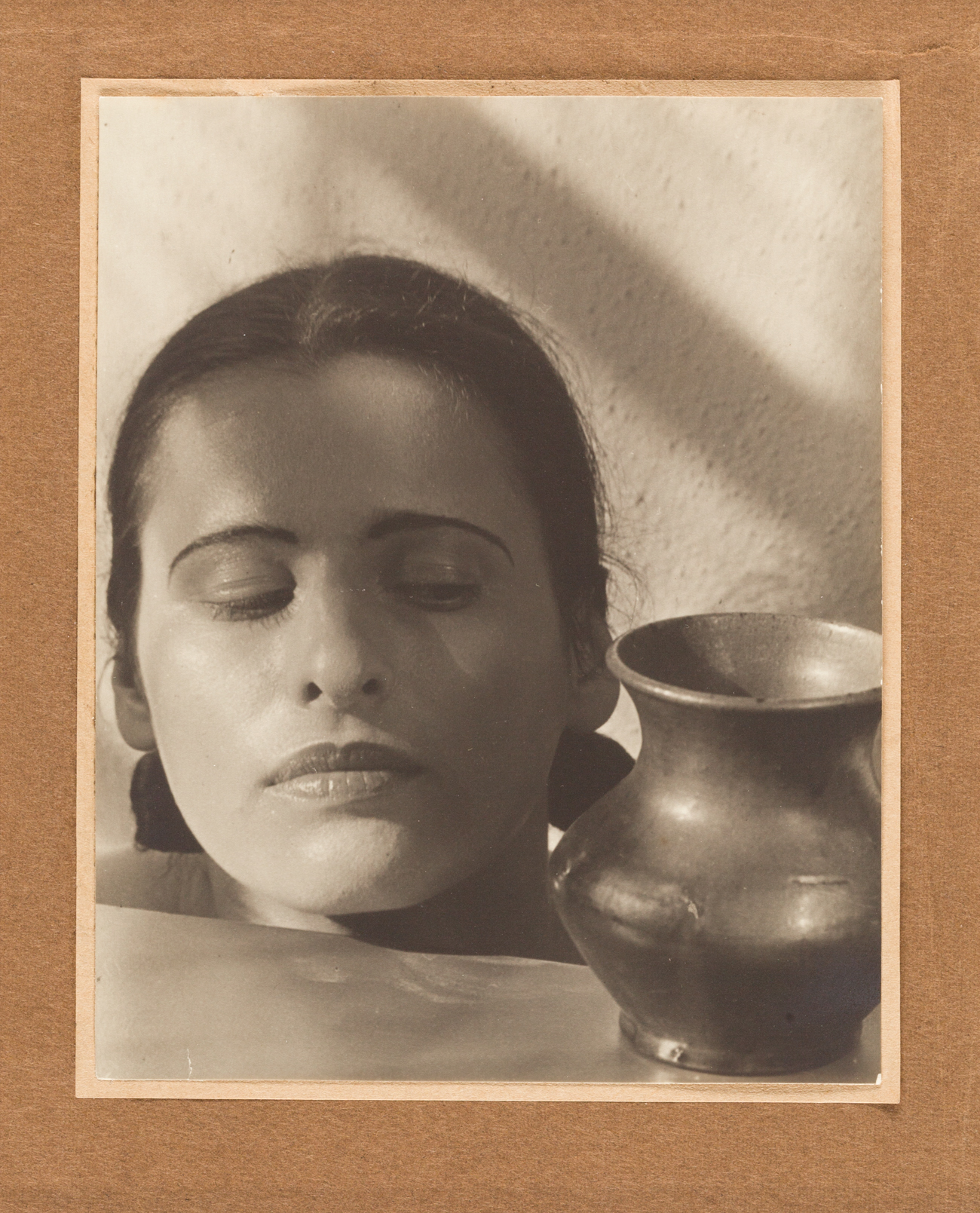
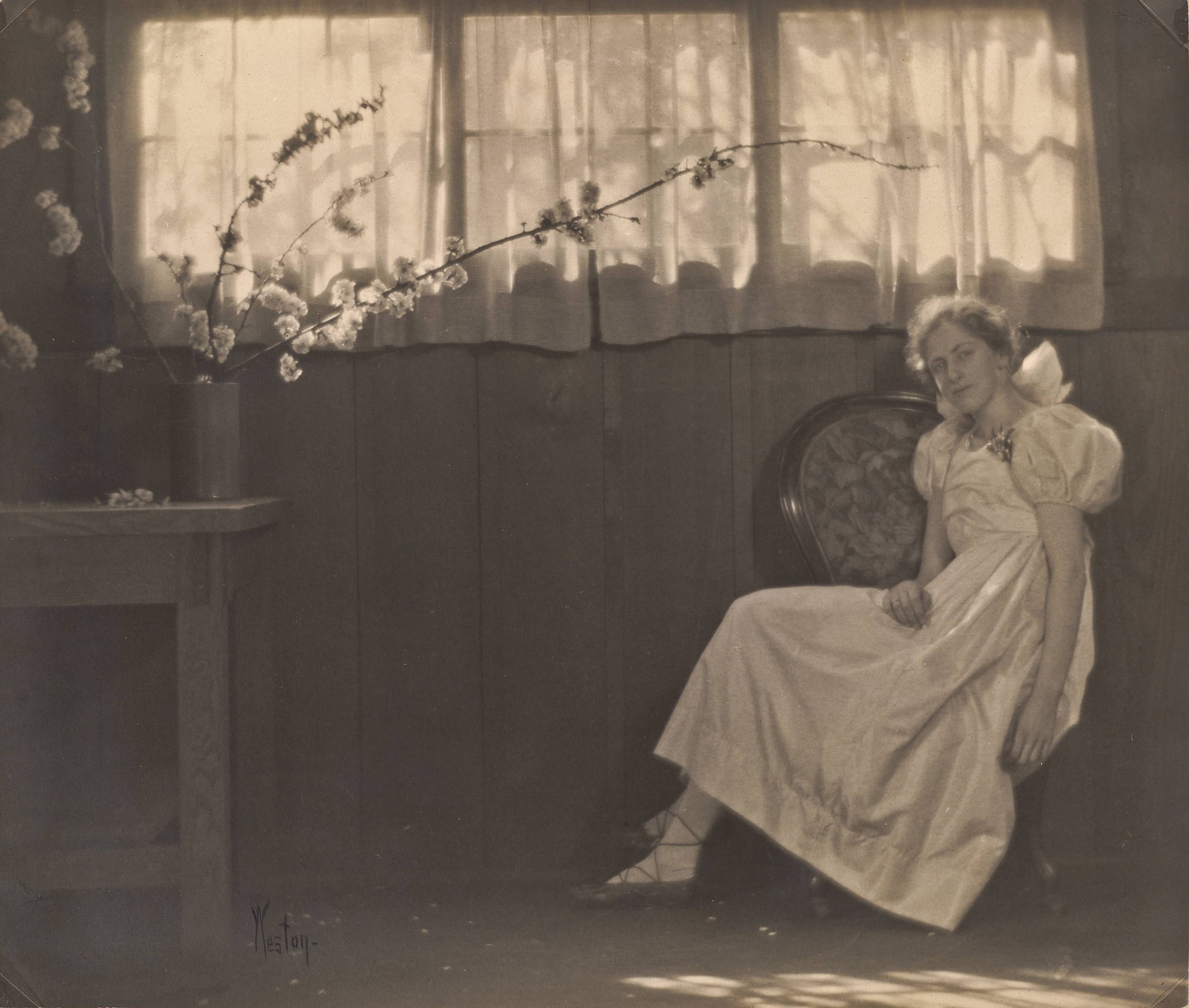




Czech Avant-Garde at Gitterman Gallery ~ Nov 14 – Dec 22, 2023
Gitterman Gallery presents a selection of avant-garde Czech photography with a focus on rare vintage works by two seminal figures, František Drtikol and Josef Sudek. Each created exquisite prints that added dimension to their innovative visions.
Josef Sudek (1896-1976), after having lost his right arm in combat during World War I, devoted his life to photography. Working with a large format camera, he stayed close to home. He primarily worked in his studio in Prague, photographing intricately constructed still lifes and atmospheric views through his studio window, as well as portraits, landscapes and his city. Though Sudek chose seemingly conventional subjects, his delicate prints convey the poetic magic of the photographic medium.

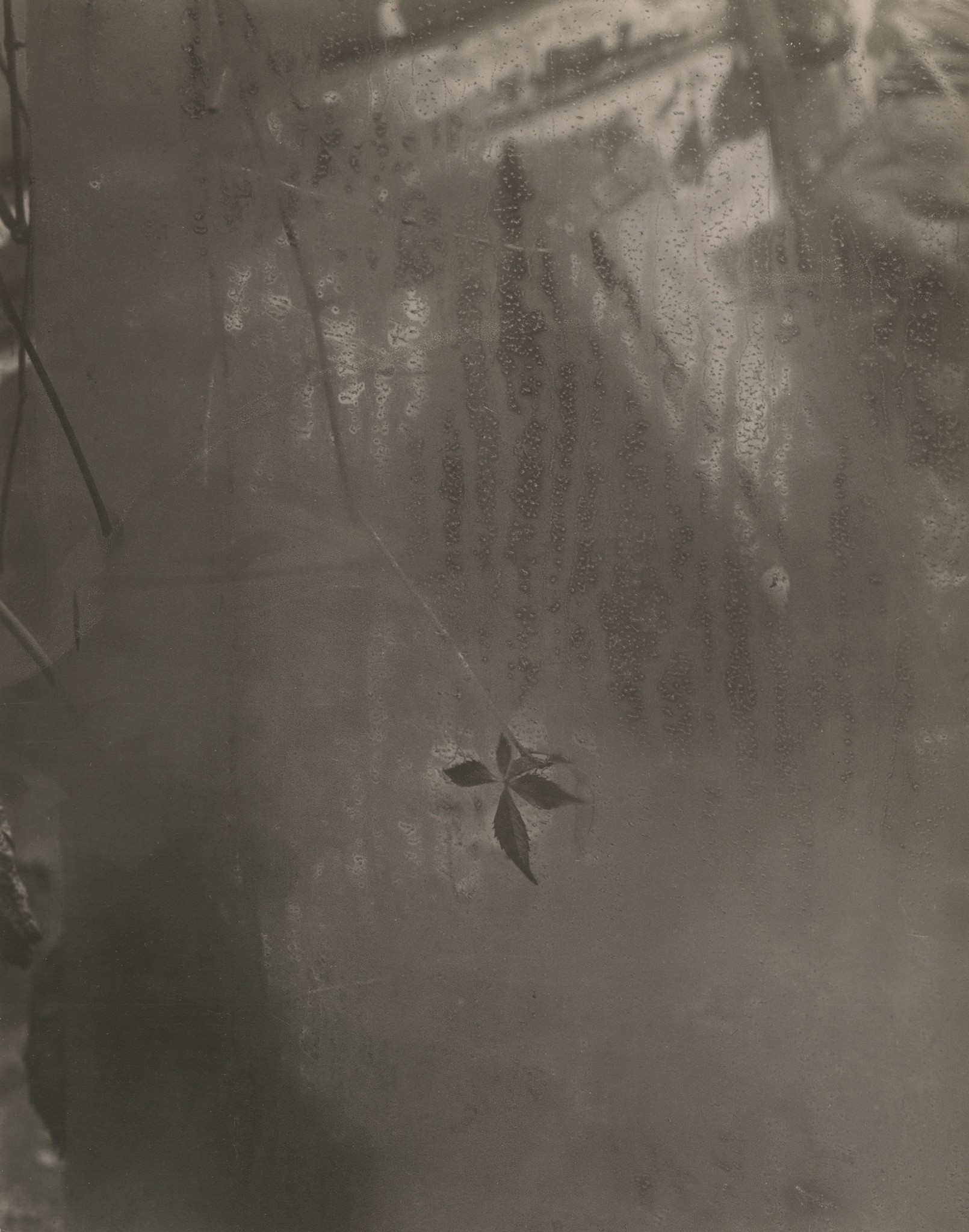

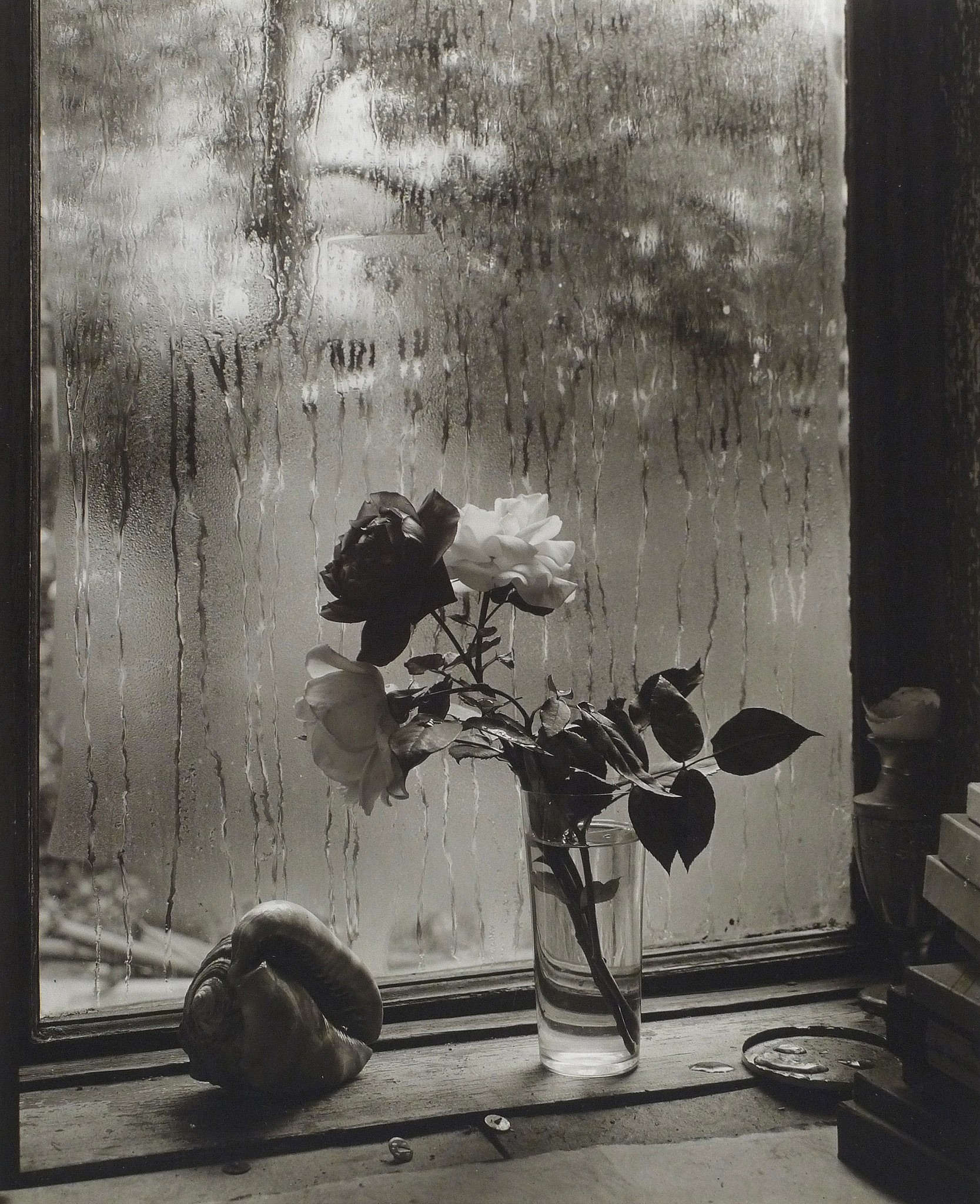




Watkins was likely influenced by Arthur Wesley Dow, a Columbia University professor of fine arts who was closely associated with the White school. Dow wrote about the beauty of compositions that use curved and straight lines, and alternating light and dark masses. Dow also promoted the ideas of Ernest F. Fenollosa, who believed that music was the key to the other fine arts since its essence was “pure beauty.” Watkins herself used music as a metaphor for visual patterning in an essay about the emergence of advertising photography out of painting: “Weird and surprising things were put upon canvas; stark mechanical objects revealed an unguessed dignity; commonplace articles showed curves and angles which could be repeated with the varying pattern of a fugue.” / Quoted from: Margaret Watkins: Of Sight and Sound (National Gallery of Canada)

Margaret Watkins was a student at The Clarence H. White School of Photography in New York City. The school emphasized the principles of design that were common to all modes of artistic expression. This aesthetic, as seen here, resulted in works that merge realism and abstraction. Watkins received particular praise for her artistic transformation of the most common things: in this instance, the contents of her kitchen sink. / Quoted from The Nelson-Atkins Museum (x)


In 1919 Watkins made her first ground-breaking domestic still lifes, taking as her subject such mundane scenes as a kitchen sink and bathroom fixture. In Domestic Symphony, the graceful curve of the porcelain recalls the fern-like scroll of a violin. Again, the composition is striking: the lower three-quarters of the image is in darkness, anchoring the forms and volumes in the upper portion. / Quoted from: Margaret Watkins: Of Sight and Sound (National Gallery of Canada)

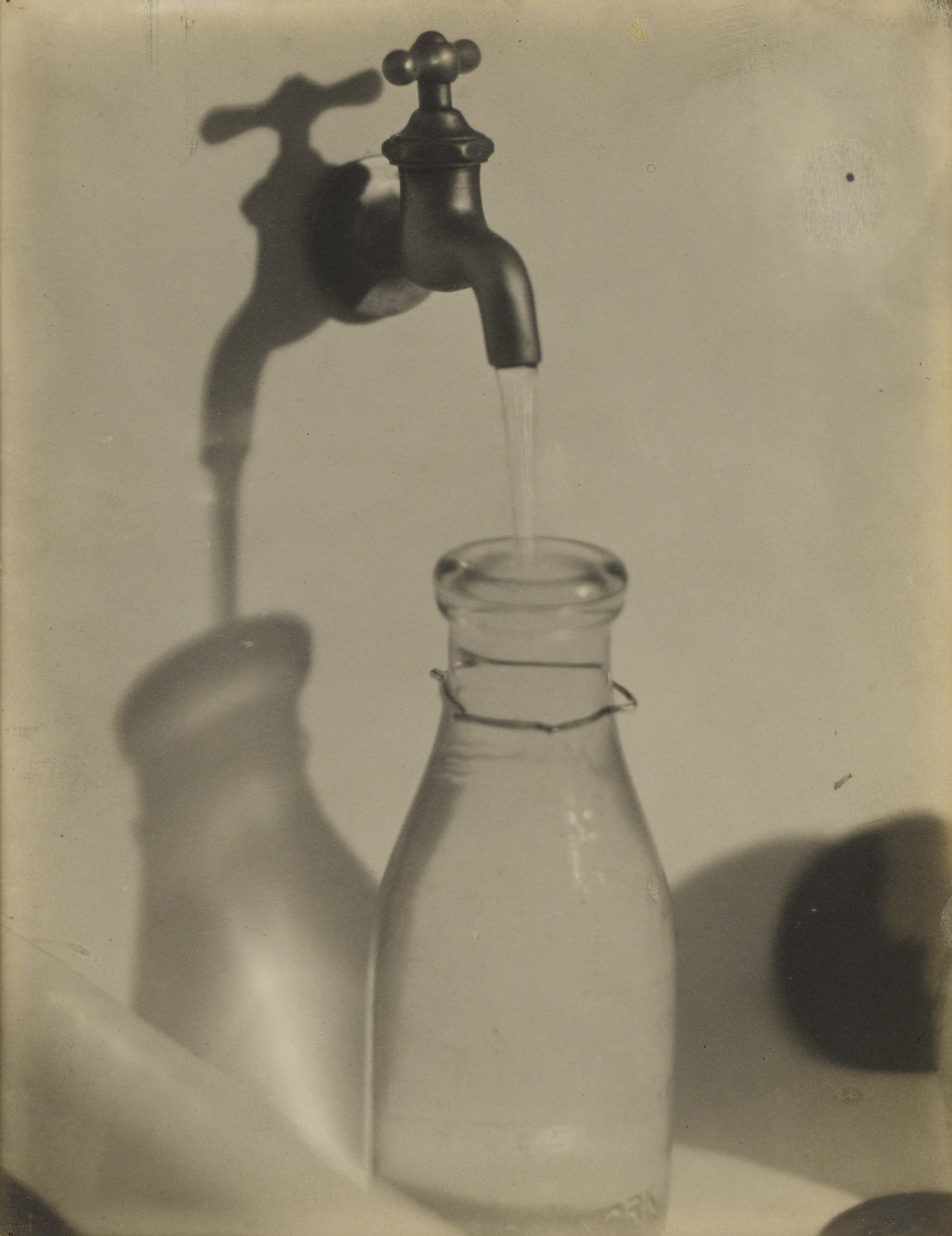

Watkins was likely influenced by Arthur Wesley Dow, a Columbia University professor of fine arts who was closely associated with the White school. Dow wrote about the beauty of compositions that use curved and straight lines, and alternating light and dark masses. Dow also promoted the ideas of Ernest F. Fenollosa, who believed that music was the key to the other fine arts since its essence was “pure beauty.” Watkins herself used music as a metaphor for visual patterning in an essay about the emergence of advertising photography out of painting: “Weird and surprising things were put upon canvas; stark mechanical objects revealed an unguessed dignity; commonplace articles showed curves and angles which could be repeated with the varying pattern of a fugue.”
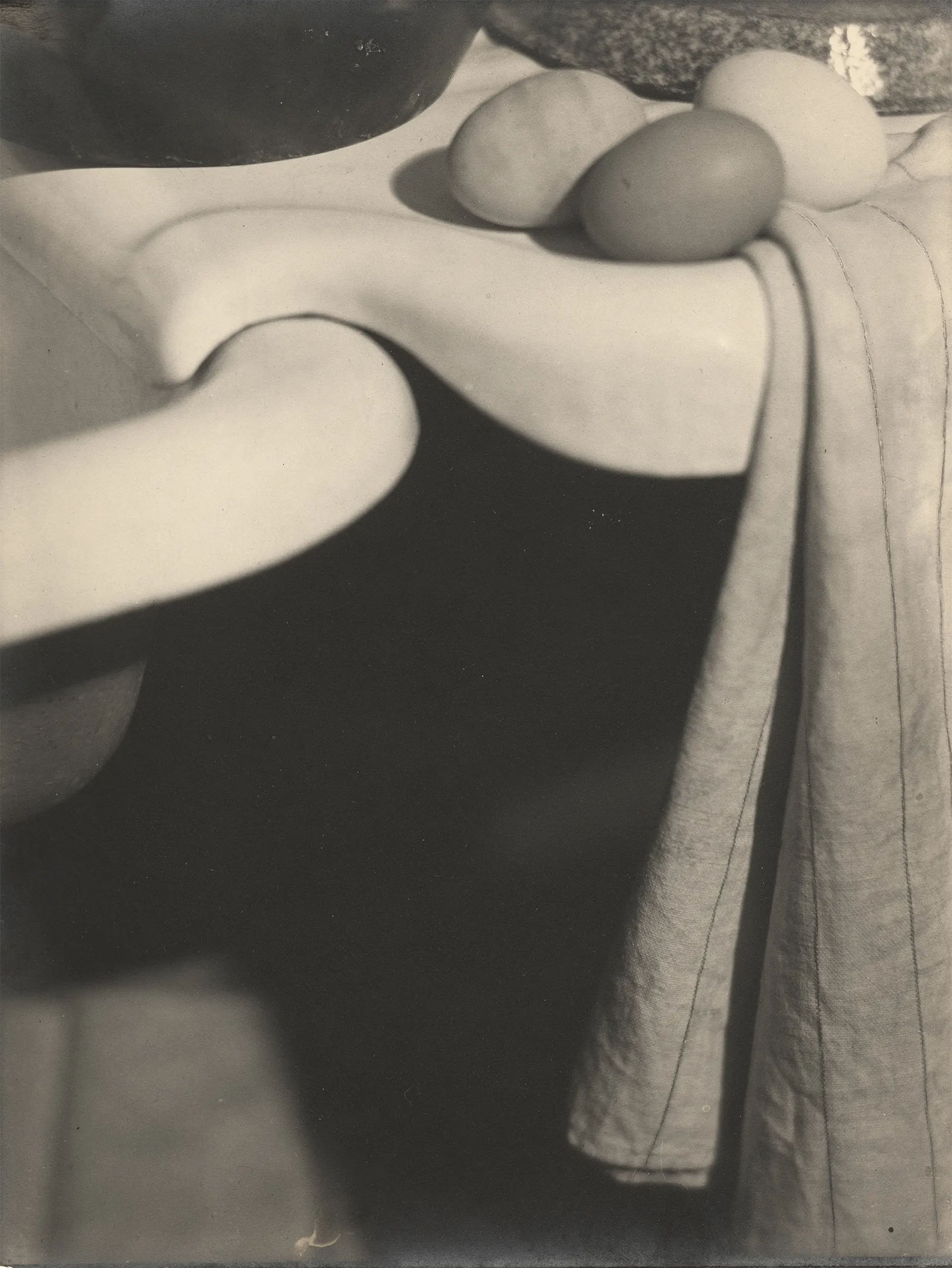
In 1919 Watkins made her first ground-breaking domestic still lifes, taking as her subject such mundane scenes as a kitchen sink and bathroom fixture. In Domestic Symphony, the graceful curve of the porcelain recalls the fern-like scroll of a violin. Again, the composition is striking: the lower three-quarters of the image is in darkness, anchoring the forms and volumes in the upper portion. Still Life — Shower Hose (1919) shows a rubber hose rhythmically looped around a towel rack.
Quoted from: Margaret Watkins: Of Sight and Sound (National Gallery of Canada)
